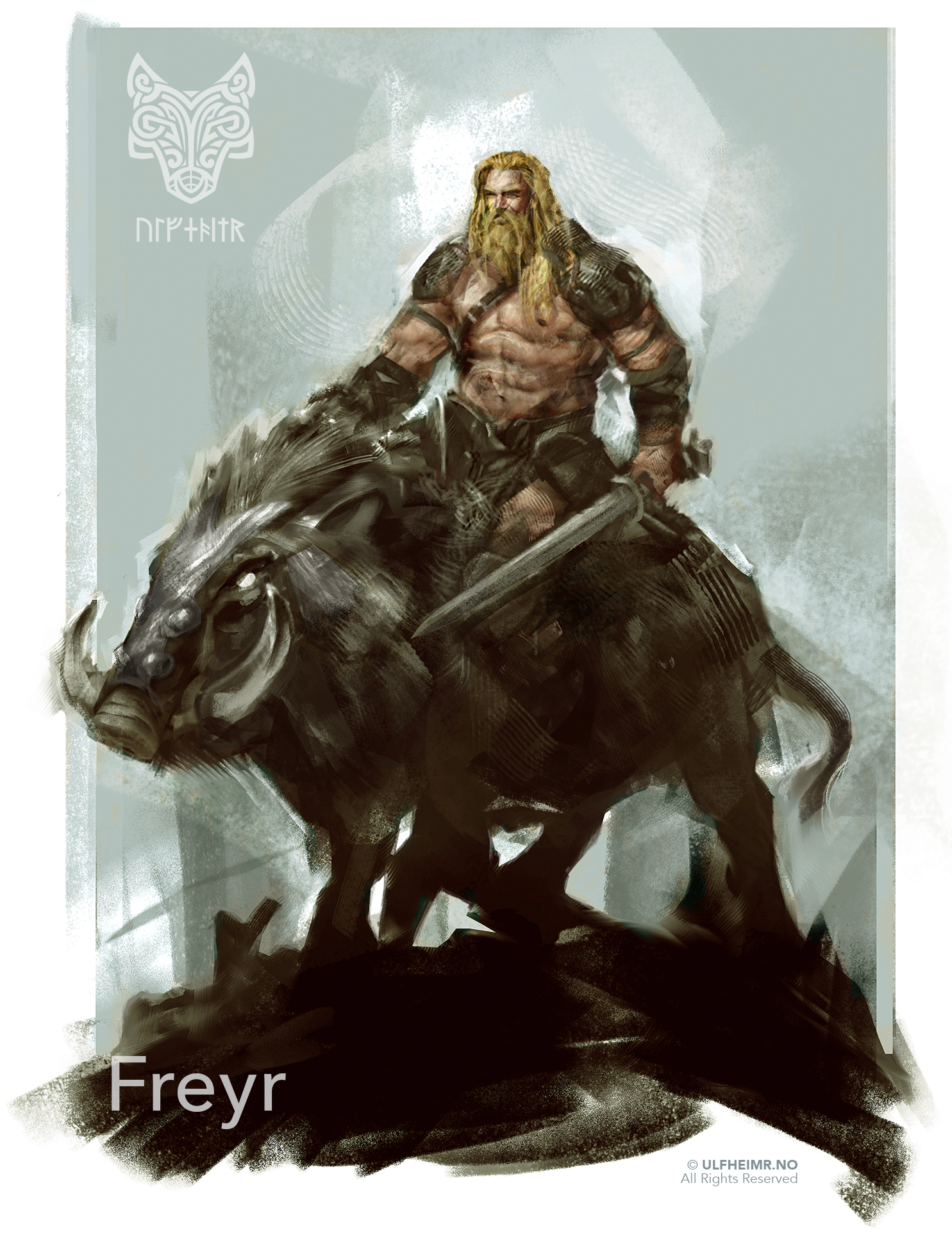Viking Sexuality
There is no term for sexual orientation in norrœnt mál (Old Norse), and blanda, the word for intercourse, does not make a distinction between the two very defined and contrasted biological genders. Outside of a man not breeding or not displaying the fundamental features of a man, bisexuality (and thus technically homosexuality) was only stigmatized during forced Christianization. As a matter of fact, the first derogatory reference to homosexuality per say in Scandinavia is made by Bishop Þorlákr Þórhallson in the 13th century, and the secular laws of Iceland do not mention homosexuality.
BISEXUALITY IN NORSE CULTURE
It is customary for Vikings to dick enemies who have lost battles (there was no word for rape in Norse culture, so the question of consent is very different from nowadays), both male and female, and sexual control is also a method for keeping þrælar in line.
Likewise, burial rituals involve Hirðmenn having sex with the slave(s), male and/or female, of the deceased, so their semen, a vehicle for their strength, can be carried in the afterlife for the benefit of the dead jarl. Þórr also had sex with Loki. As a male.
Furthermore, at least one Viking war band, Jómsvíkingar, was known for its institutionalized homosexual culture, similar to the Spartans, with women being banned from the Jomsvikings’ units and forts, and members known to be partnered to other warriors.
Notwithstanding any sexual preferences or activities, a man was nonetheless expected to breed, with those men avoiding procreation being greatly stigmatized and insulted as fuðflogi (flees from vagina).
EFFEMINACY IN NORSE CULTURE
A lack of manliness, or the display of otherwise feminine features in a man, including submission or the practice of magics, is however highly stigmatized in Norse culture. This is well illustrated by the worst possible insults, both in Old Norse and modern Icelandic, invariably challenging a man’s manliness.
Or by the stigmatization associated with the aspect of any feminization element in homosexual activity, such as Loki turning himself into a mare in order to be impregnated by a stallion, to eventually give birth to Óðinn’s horse, Sleipnir. Or, Óðinn actually being described in very derogatory terms as acting in a sexually receptive way, and as taking a female sexual role, for the purpose of learning about magic.
Effeminacy, however, is unrelated to sexual orientation. The misconception may be linked to the gay movement, closely associated with feminism, and which inherently embraces feminization and emasculation of men. This is in contrast to homosexuality per say, which actually embraces hypermasculinity and honors fundamental male characteristics, features, and qualities, or the male archetype.
Ultimately, bisexuality was part of Norse culture, like heterosexuality, with no specific term for it. The only thing that mattered was that men had to remain men, had to maintain the fundamental evolutionary characteristics of men, including spreading their seeds and breeding for offsprings.


